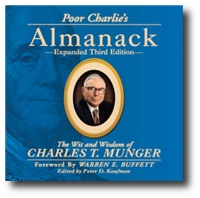 Charlie Munger is now 99 years old and still answering blind questions on the fly at the 2023 Daily Journal Annual Shareholder Meeting. CNBC has posted the full 2+ hour interview with Becky Quick on YouTube. You’ll miss out on his snarky tone, but you may prefer to read the transcript, kindly provided at Steady Compounding (looks to be computer-generated… psst – the name is Rick Guerin!).
Charlie Munger is now 99 years old and still answering blind questions on the fly at the 2023 Daily Journal Annual Shareholder Meeting. CNBC has posted the full 2+ hour interview with Becky Quick on YouTube. You’ll miss out on his snarky tone, but you may prefer to read the transcript, kindly provided at Steady Compounding (looks to be computer-generated… psst – the name is Rick Guerin!).
Munger remains refreshing in that he doesn’t filter everything into bland nothingness. He’s not afraid to offend with his opinions. I’ve included a few of my personal highlights below.
Only 5% of money managers have the skill required to consistently beat the index averages after costs.
And if you want an example of how denial is affecting things, take the world of investment management. How many managers are going to beat the indexes? All costs considered, I would say maybe 5% could consistently meet the averages.
Everybody else is living in the state of extreme denial. They’re used to charging big fees and so forth for stuff that isn’t doing their clients any good. It’s a deep moral depravity. If some widow comes to you with $500,000 and you charge her 1 point a year for, and you could put her in the indexes, but you need the 1 point. And so people just charge somewhat a considerable fee for worthless advice. And the whole profession is full of that kind of denial. It’s everywhere.
Crypto is (still) crap.
…when you’re dealing with something as awful as crypto sh*t, it’s just unspeakable. It’s an absolute horror. And I’m ashamed of my country that so many people believe in this kind of crap and the government allows it to exist is totally, absolutely crazy, stupid gambling with enormous house odds for the people on the other side.
And they cheat — in addition to cheating and like betting, it’s just crazy. So that is something. There’s only one correct answer for intelligent people there, just totally avoid it and avoid all the people that are promoting it.
Charles Munger is a billionaire, but rarely ever gambles in a casino or at a sports book. In terms of percent of net worth, Munger has bet the equivalent of the average person betting less than 5 bucks in their entire life.
Q: How do you feel about the gambling that took place at the Super Bowl and surrounding that and the legalized gambling taking place in this country at this point?
A: Well, it’s not as bad as crypto s***. I don’t think there’s much harm in betting a modest amount you can afford on a Super Bowl game. That strikes me as a pretty — thing if you do it with a friend and not with a bookie. So I don’t have the same feeling — I obviously don’t think you should have a gambling impulse around betting against odds. If you take all the money that I have bet against odds in my whole life, I don’t think it’s more than a few thousand dollars.
I’m all in favor betting with the odds.
Big picture thoughts on the future long-term performance of Berkshire and stocks in general:
Everybody that bought Berkshire and held it for 20 years has done well. I think that will be true for those who buy at the current price. I don’t think it will be as good in the future as it was in the past, but it will be okay considering how poorly everything else is going to do. Because the valuations start higher now and because government is so hostile to business.
I would say it will fluctuate naturally between administrations and so on. But I think basically, the culture of the world will become more and more anti-business in the big democracies. And I think taxes will go up, not down. So I think the investment world is going to get harder for everybody. And — but it’s been almost too easy in the past for the investment class. It’s natural that it would have a period of getting harder. I don’t worry about it much because I’m going to be dead.
The Daily Journal’s employee 401(k) plan has only one investment option: index funds.
…look at the Daily Journal Corporation. We just put in a 401(k) plan. What are the investment options for the people at work? Zero. It’s all index funds.
What percentage of American 401(k)s have our plan, index funds required? About zero. Am I right or am I wrong? Of course, I’m right. It’s a logical thing to do.
If you can afford to self-insure, you should do so. Insurance protects you against catastrophe, but there many extra costs built into the premiums (fraud, commissions, etc). Medical insurance is an exception because the insurance-negotiated cost is often much lower than the direct-consumer-pay cost.
In my own life, I’m a big self-insured and so is Warren. It’s ridiculous for me to carry fire insurance on my house because I could easily rebuild a house if burned down. So why would I want to bother fooling around with the claims process and all kinds of things.
So if insurance — you should insure against things you can’t afford to pay for yourself. But if you can afford to take the bumps, so unusual expense coming along doesn’t really hurt you that much. Why would you want to fool around with some insurance company. If your house burned down, I would just write a check and rebuild it. And all intelligent people do that way. I don’t say all, but — maybe I should say, all intelligent people should do it my way.
There should be way more self-insurance in life. There’s a lot of waste. You’re paying when you buy insurance for the other fellows frauds, and there’s a lot of fraud in life. And you can afford to take the risk yourself and not fool around with claims and this and that and commissions and time. Of course, you self insure, it’s simpler and so forth.
Think of what I’ve saved in my life. I narrowed it. I don’t care. I never carried — never. I think once — but with one exception, I never carried collision insurance on a car. And once I got rich, I stopped carrying fire insurance on houses. I just self insure.
Past years:
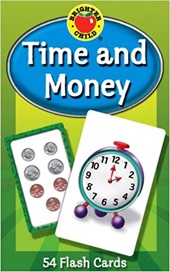
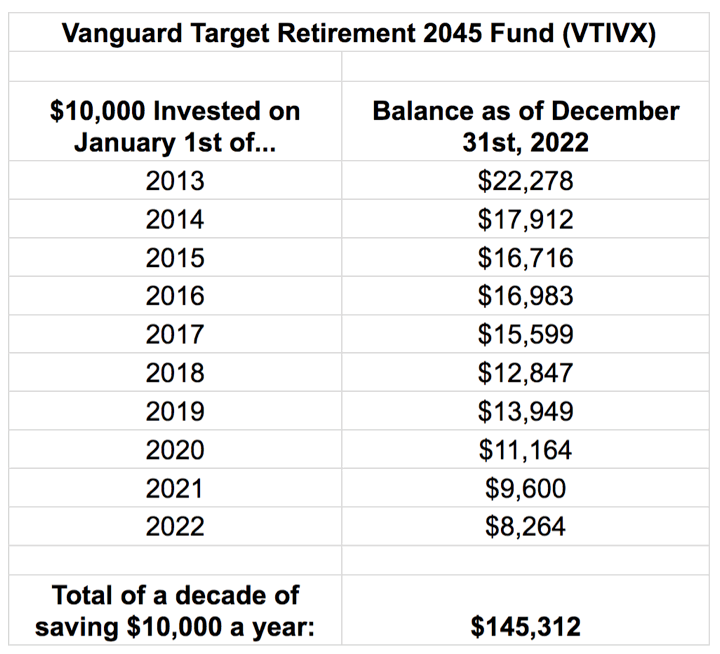
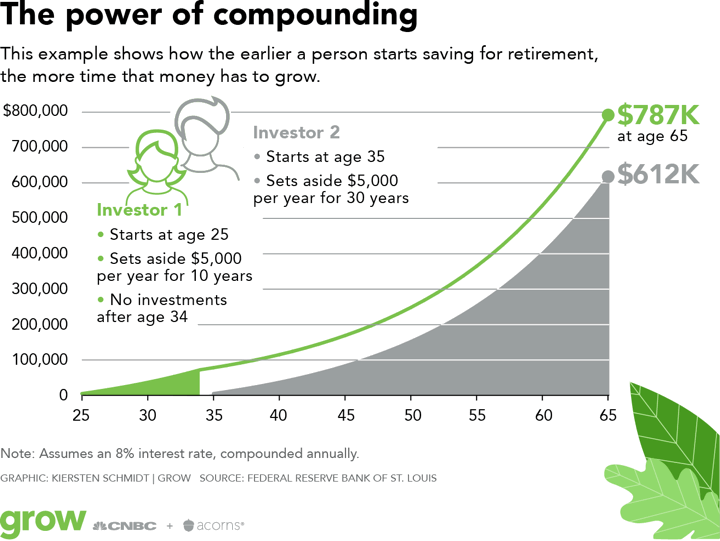
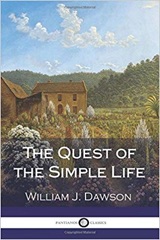

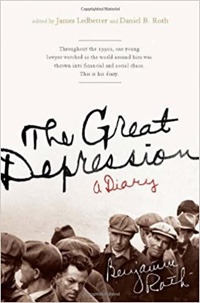

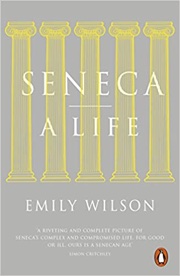
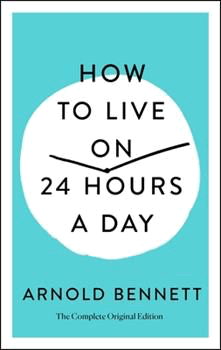
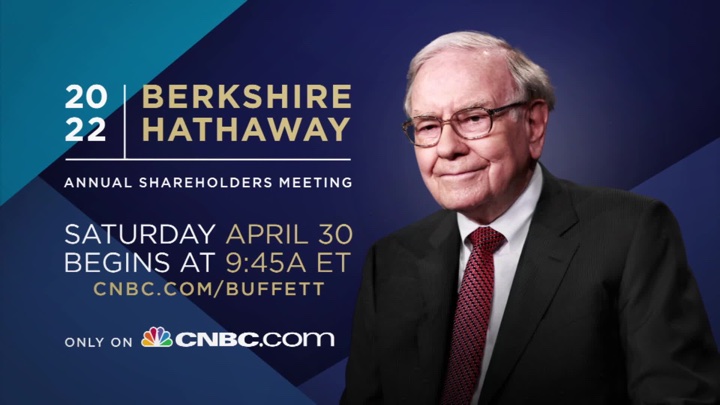
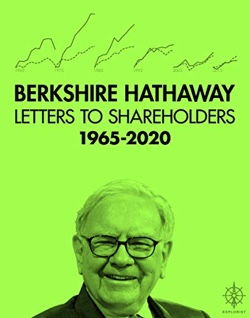
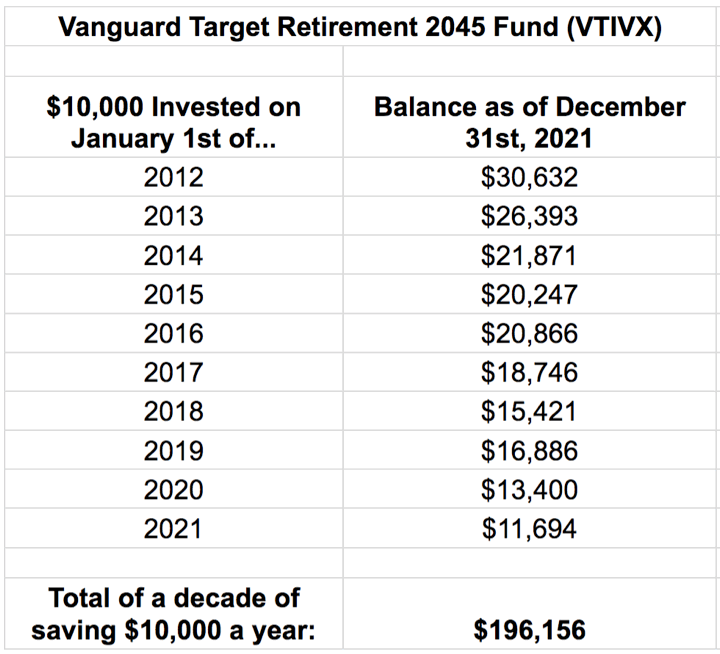
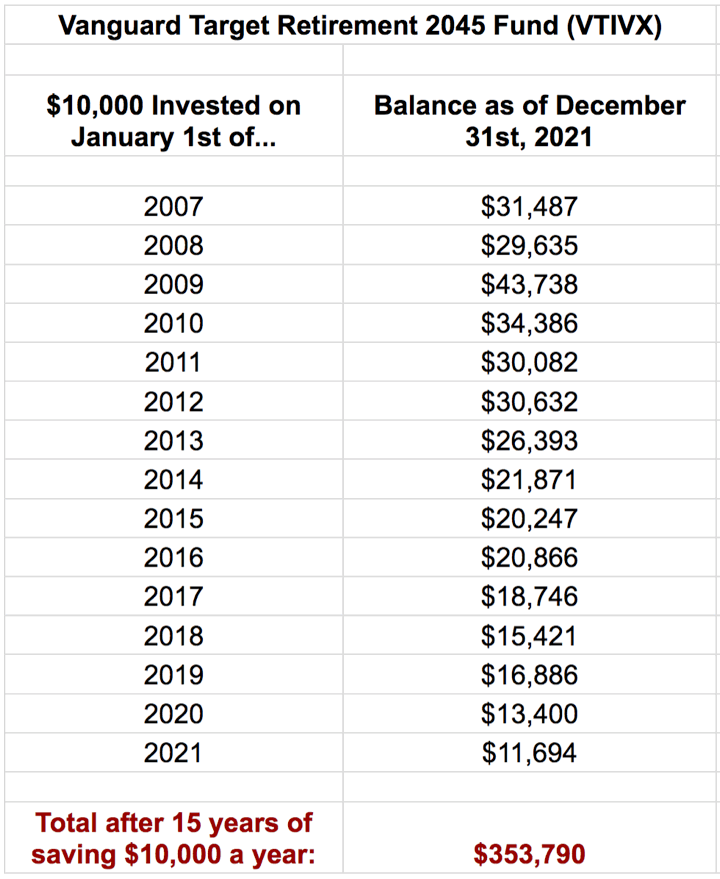
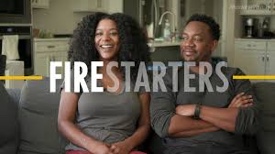
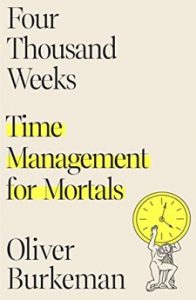
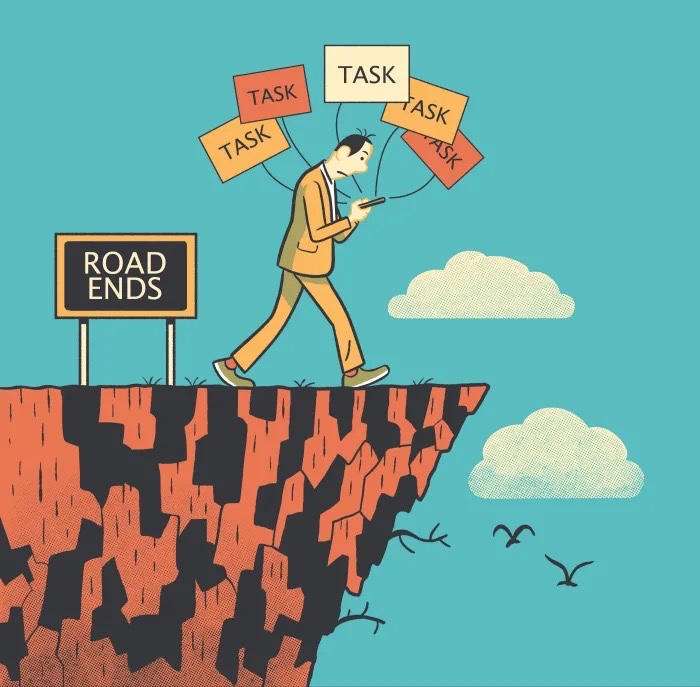
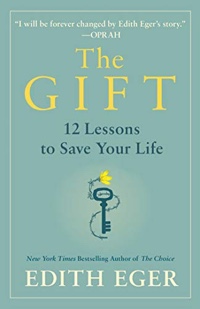
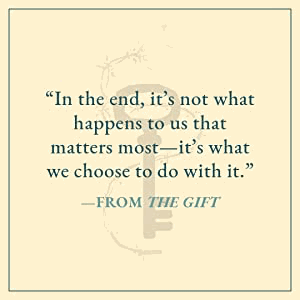
 The Best Credit Card Bonus Offers – 2025
The Best Credit Card Bonus Offers – 2025 Big List of Free Stocks from Brokerage Apps
Big List of Free Stocks from Brokerage Apps Best Interest Rates on Cash - 2025
Best Interest Rates on Cash - 2025 Free Credit Scores x 3 + Free Credit Monitoring
Free Credit Scores x 3 + Free Credit Monitoring Best No Fee 0% APR Balance Transfer Offers
Best No Fee 0% APR Balance Transfer Offers Little-Known Cellular Data Plans That Can Save Big Money
Little-Known Cellular Data Plans That Can Save Big Money How To Haggle Your Cable or Direct TV Bill
How To Haggle Your Cable or Direct TV Bill Big List of Free Consumer Data Reports (Credit, Rent, Work)
Big List of Free Consumer Data Reports (Credit, Rent, Work)